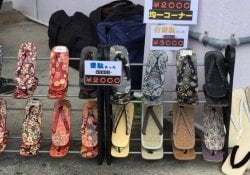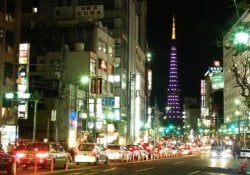There are 9 basic principles that underlie Japanese art and culture. They are called aesthetics – concepts that answer the question: what is art? There are 9 Japanese aesthetics that we are going to examine in this article.
These aesthetics and principles are the foundation for Japanese art, fashion, pop culture, music and Japanese films. It is also present in the society, personality and even in the cuisine of Japan.
We also recommend reading:
- 15 Types of Japanese Art and Cultural Techniques
- Meaning of Kawaii - Culture of cuteness in Japan
- Sakura – Everything about the cherry blossoms in Japan
Wabi-sabi - Imperfection
It's imperfection makes life interesting, note that no character is perfect, everyone has flaws. For example. Sakura cherry blossoms are only more beautiful because they only appear once a year.
Wabi-sabi [侘寂] represents this imperfection in Japanese culture. An aesthetic approach centered on the acceptance of transience, imperfection and incompleteness.
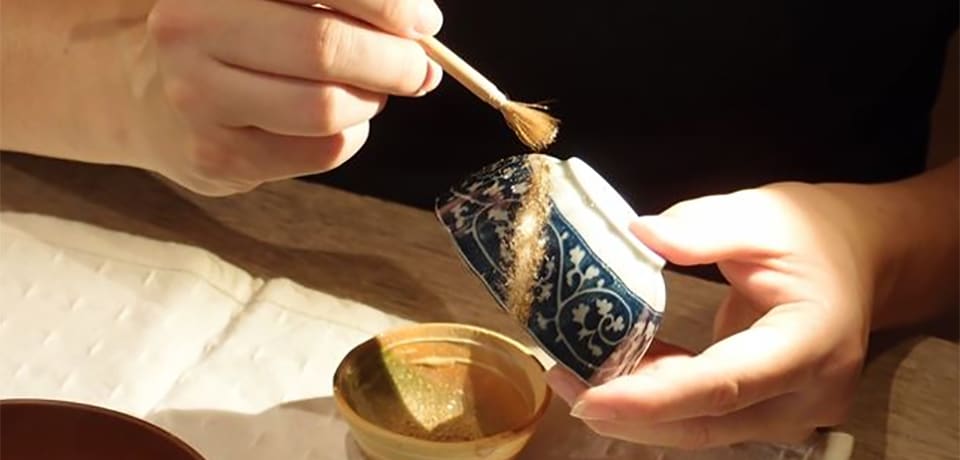
The aesthetic characteristics of wabi-sabi include some that we will see in this article such as:
- Fukinsei: assimetria, irregularidade;
- Kanso: simplicidade;
- Datsuzoku: ilimitado por convenção alguma, livre;
Seijaku: tranquilo, ameno; - Koko: minimalismo;
- Nature: sem pretensão, natural;
- Yugen: beleza sutilmente profunda, não óbvio;
miyabi - elegance
The word miyabi [雅] is usually translated as "elegance", "refinement", "courtesy" and sometimes refers to "heartbreaker" or "heartbreak". It is considered one of the oldest traditional ideals in Japan.
The ideal of miyabi culminates in the extermination of everything considered vulgar or absurd in order to achieve the purest beauty. Miyabi expresses sensitivity to beauty and is linked with “mono-no-aware” [物の哀れ], the awareness of the transience of things.
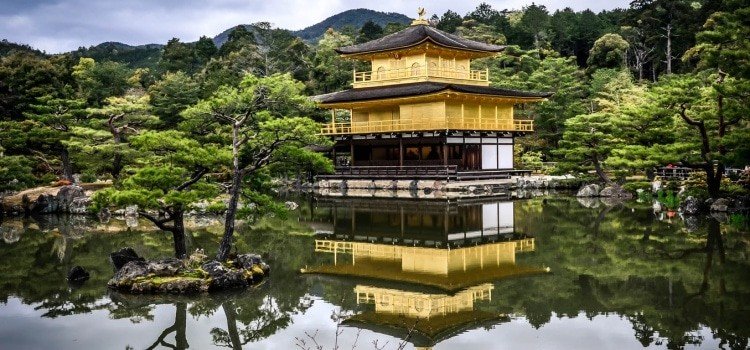
The famous Kinkakuji golden temple is an example of the Miyabi aesthetic. In the past, the concept of Miyabi referred to boldness and feelings of spiritual elevation. It was seen in the scents of flowers, woods and cherry trees.
Shibui - Subtlety
Shibui [渋い] means simple, subtle, or unobtrusive. This means that things are more beautiful when they speak for themselves “when they are not written all over your face” without embellishment or extravagance.
Like wabi-sabi and miyabi, shibui can be applied to a wide variety of subjects other than art or fashion. Shibui objects appear to be simple, but include subtle details such as textures that balance simplicity with complexity.
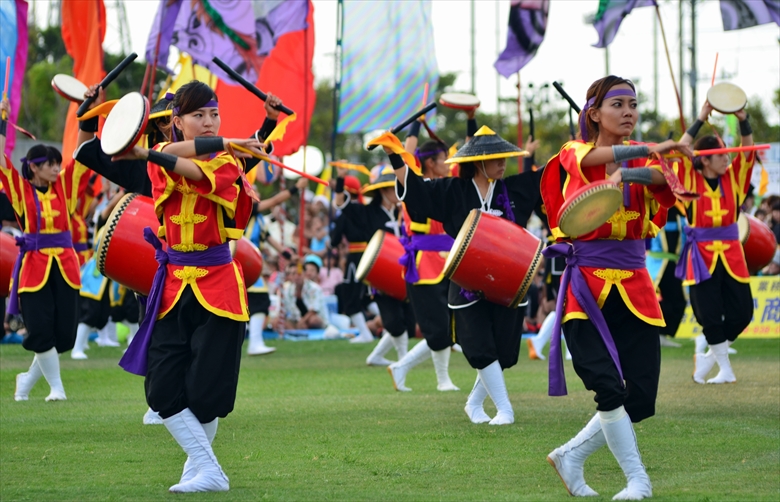
Shibui draws a fine line between contrasting aesthetic concepts such as elegant and rough or spontaneous and restrained. This balance of simplicity and complexity ensures that you don't get tired of an object, but constantly find new meanings and enriched beauty that make its aesthetic value grow.
The article is still halfway through, but we recommend also reading:
Iki - Originality
Iki is exclusivity and originality. In many ways, Japanese culture does not celebrate singularity. As the Japanese proverb says: The nail that sticks up is hammered down. Therefore, the best translation of Iki would be "refined uniqueness".
Iki is believed to have been formed by the Edo merchant class in the Tokugawa period. The iki is an expression of simplicity, sophistication, spontaneity and originality.
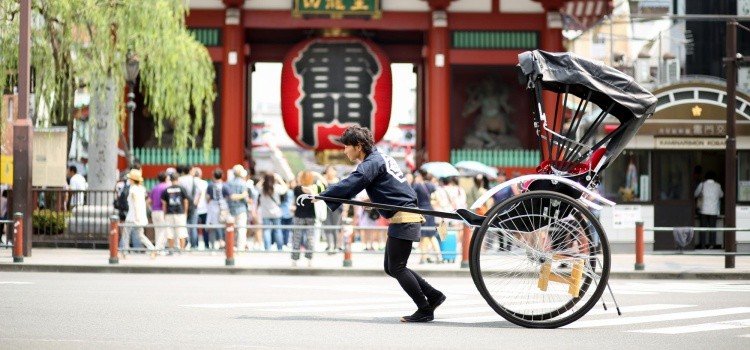
This term is used to describe aesthetically appealing qualities, it can even be an excellent compliment to apply to a person. Iki also carries a connotation of life, can manifest sensuality and encompasses several characteristics.
Jo-ha-kyu - Slow down, Speed up and stop
Jo-ha-kyu [序破急] is a rhythm that can be translated as “Start slow, speed up and stop suddenly”. This aesthetic is used by traditional Japanese arts such as the tea ceremony. It is also used widely by Japanese martial arts.
Modern usage includes movies, music and advertising. It can also be seen in the dramatic structure in traditional theater and the traditional collaborative forms of verse associated with renga and renku (haikai).
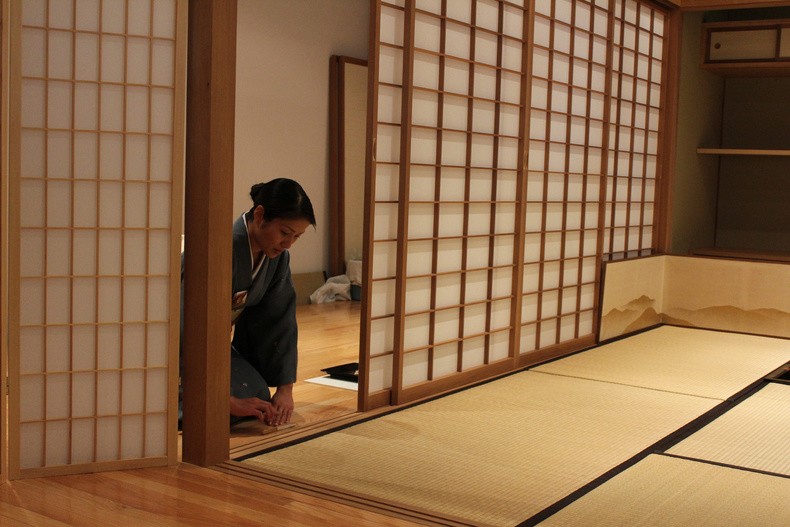
The concept originated in the ancient imperial court songs called gagaku. Johakyu essentially means that all actions or efforts must start slowly, accelerate and end quickly.
Yugen - Mysterious
Yugen [幽玄] claims that life is boring when all the facts are known. Something must be hidden and full of mystery. There are thousands of movies, series and anime that use yugen. Whenever we watch it, there is some mystery and it holds and gives emotion.
Yugen means a deep feeling, found in Chinese philosophical texts, where it means "dark" or "mysterious". It can refer to subtly deep and non-obvious beauty.
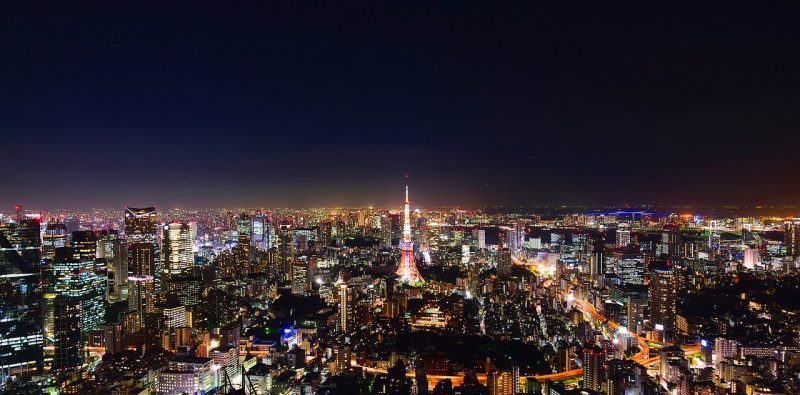
Some Japanese paintings are of landscapes with fog, these paintings lead the viewer to make a connection with the space that seems to be beyond our world. This is the aesthetic and mysterious sense of the yugen.
Geido - discipline and ethics
Geido [芸道] refers to various disciplines that involve ethics and respect. It can be seen in theater, floral arrangement, Japanese calligraphy, tea ceremony, Japanese ceramics and especially in martial arts.
Have you ever noticed that Japanese martial arts and traditional arts are all about discipline? Ethics and discipline make things more attractive. That's why many people are attracted to Japanese culture.

The word Geido [芸道] literally means way of the arts and can directly refer to performing arts, performing arts performances, and martial performances.
ensou - empty
Ensou [円相] is a Zen concept. It is often represented by a circle. It can signify infinity or nothing. It's a little difficult to explain. You need to spend a lot of time meditating to understand.
A great example of Ensou can be seen in Japanese gardens that take Zen concept. In these gardens, minute circles are made in the sand or stones that often represent infinity, movement and fluidity.
The ensou symbolizes absolute enlightenment, strength, elegance, the universe, and mu (of emptiness). It is characterized by a minimalism born from the Japanese aesthetic that, unlike the Wabi-sabi that represents imperfection, the closed circle represents perfection.
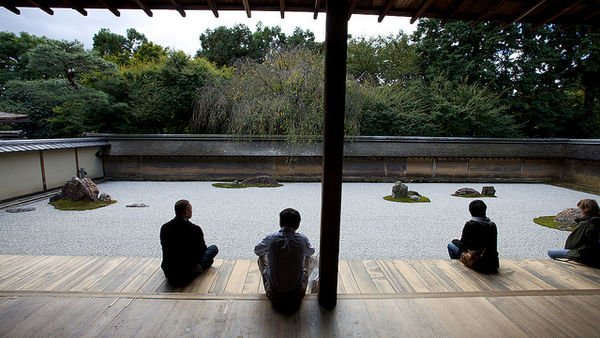
kawaii - cute
Kawaii [可愛い] is cute and cute. Some argue that this is the new Japanese aesthetic. Others say kawaii has always been part of Japanese culture. Either way, it has become the most popular Japanese aesthetic in recent years.
This word is internationally known thanks to Japanese pop culture and anime. It serves to designate objects, accessories, clothes, animals and people that are beautiful and attractive, styles like Lolita.
We recommend reading: Meanings and differences between Lolita, Loli and Lolicon
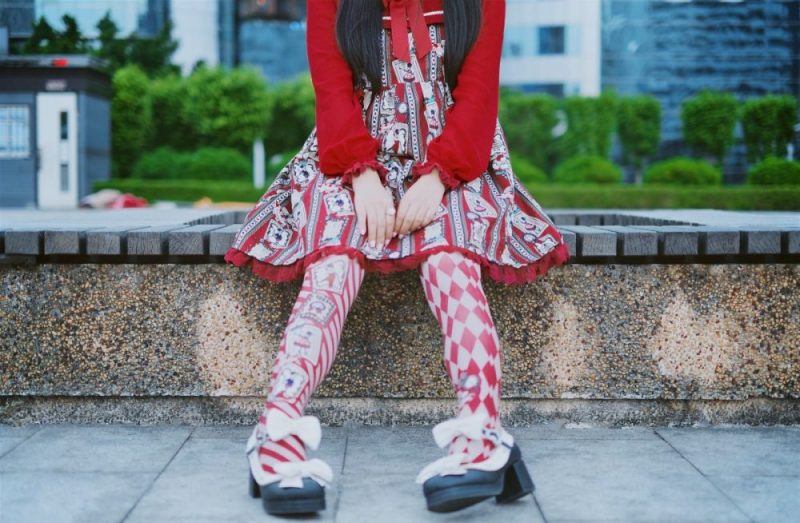
The first vestiges of this culture appeared in the Edo period (1603-1868), where woodcuts known as Dijinga depicted pretty girls. At the end of the Edo period, some artists were already making illustrations that gave rise to the ideal.
What did you think of the ideals and principles of Japanese art and culture? Did you know these ideals? We appreciate the comments and sharing.

